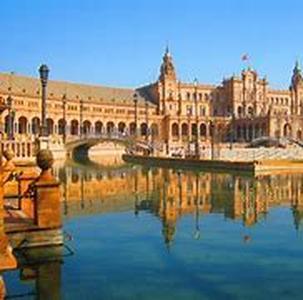
Several People Instantly Imagine Alaska When They Picture Switzerland And Its Weather. Actually, Its Far From Reality As Winter Temperatures Hardly Ever Drop Below A Minus 5C In The Whole Country, Setting Aside The Mountaintops Of Course. The Countrys Mountainous Character Is Mainly Accountable For The Impressive Diversity Of Switzerland Weather Among Its Diverse Regions. The Possibility Of Moving From A Cloudy, Rainy, And Cold Countryside To A Striking Clear Azure Sky Drenched With Hot Sun In A Few Minutes Is Very Ordinary.Switzerlands Four Climatic Regions Namely Jura, Midlands, Alps, And South Of The Alps, Have Climatic Conditions Which Are Mainly Influenced By Their Topographic And Altitude Factors. The Jura Regions Have High Precipitation With Recurrent Strong Winds And Raw Winter Weather. The Midlands Have Well-balanced Rainfall Distribution, With Great Distinction Of Snow Amounts Winter To Winter. The Alps Are Generally Wealthy In Precipitation With Strong Winds, And South Of The Alps Have A Yearly High Rainfall.Areas With The Warmest Switzerland Weather Include Montreux, Valais, And Ticino. The Italian-speaking Region Of Ticino On The Alps South, Have Over Two-hundred-ninety-eight Sunny Days Every Year, Having Mean Daily Temperatures During July That Reaches Over 26C. The Canton Of Valais, Flourishes With Peaches, Kiwis, Tomatoes, And Figs Grown In Orchards, Visibly Benefiting From Their Hot And Sunny Switzerland Weather.Switzerland Weather Varies Hugely Among Its Different Places; A Nearby Montreux Mountain Called Rochers De Nave Receives The Highest Rainfall Every Year With About 260cm. On Switzerlands Western Part, Precipitation Is Normally Higher Where Clouds Frequently Come In From The Coast Of The Atlantic. Some Areas On The Alps South Such As Lugano, Gets About 175cm Every Year. In Circumstances Where The Wind Blowing In From The South Gets Blocked On The Alps, Thereby Dropping Their Water There, Results To A Warm And Dry Switzerland Weather On The Alps North, Often Coming With Heavy Winds And Tremendously Good View, With Mountains Appearing Much Closer Than They Normally Would. This Occurrence Is Identified As Foehn; A Lot Of People Claim Of Getting Headaches Under This Phenomena.Conversely, Some Valleys On The Very East Such As Engadin, And The Switzerlands Southwests Valais, Scoul, And Staldenried, Receive Rather Small Precipitation. They Do However Get An Average Yearly Sunshine Of About One-thousand-seven-hundred Hours, With Valais Claiming To Receive As Much As Two-thousand-three-hundred Hours Of Pure Sunshine Yearly.Switzerland Weather Is One Of The Many Reasons For The Place Being Well Visited By Tourists Every Year, The Weather Provides For Great Outdoor Activities Such As Biking, Trekking, Skiing, And Mountain Climbing, Making It One Of Its Best Tourism Assets.





